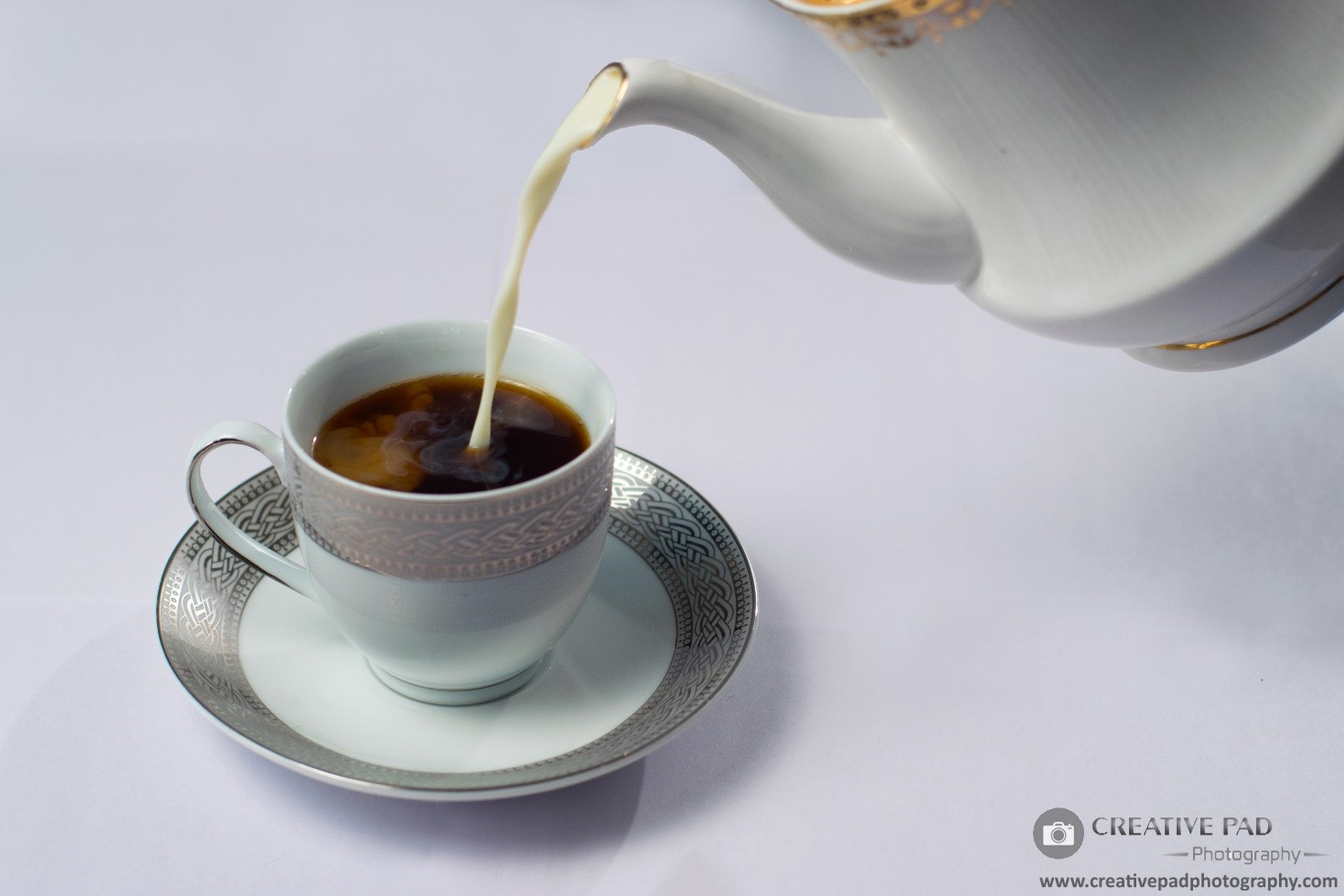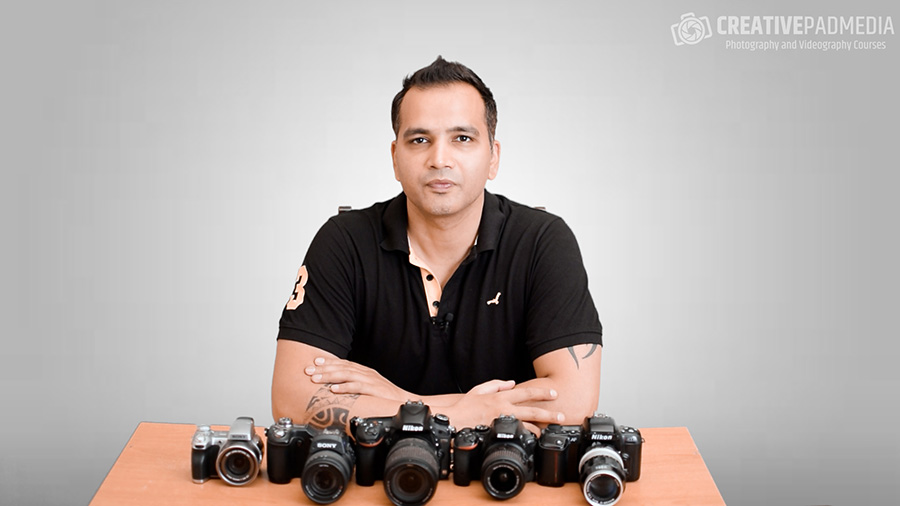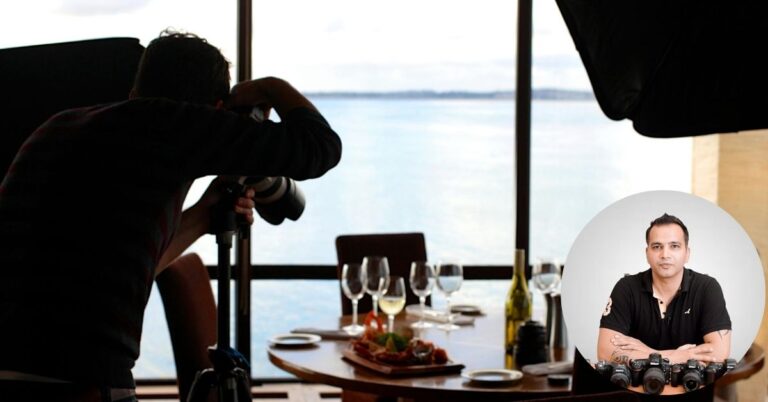Settings and Surface to Use for Food Photography
Food photography is a genre that is popular among beginners because it can be started right away without leaving home.
Let’s get started then.
Settings
For most of the food shots, we use a very low f-stop number like f1.8, f2.2, f2.8, etc.
The reason for this is because in many food shots, the ingredients that go in making the food item are placed immediately behind or around the food item.
And almost in all cases, these ingredients have to be blurred, like shown in the shot below:
You can see here that the mangoes have been blurred even though they are very close to the cake.
Hence, a very shallow depth of field is needed. A shallow depth of field ensures that there is very little area in focus. So if you focus on main food item, the ingredient comes out of the area of focus.
That’s why one of the most popular lenses used by food photographers is the 50mm f1.8 prime lens. It allows you go to f1.8 thereby giving you a very shallow depth of field if needed.
See the recommended equipments and accessories section if you want to buy this lens.
Using a standard kit lens will allow you to go only up till f3.5, which may not always be enough to blur the ingredient satisfactorily.
Let’s see a few shots which make use of a low f-stop number/ shallow depth of field:
You can see here that I’ve kept the mint leaves and the slice of lemon behind the ice-tea beverage. Here I’ve used f2.8.
Even if nothing else is present, it’s good to use very low f-stop numbers to achieve a shallow depth of field in such a way that you can blur some parts of the food item itself. In this shot, I have focused on the top part of the glass. Because I am shooting this at f2.8, the glass starts to become blurred as we move away from the top part. You can see that the bottom part is blurred, giving the shot some depth.
You can place objects in front too and blur them, like how I’ve put the potato chips in front of the pizza. This is at f2.8.
This image can be taken even by a kit lens as the item that is being blurred is slightly away from the main food item. This shot has been taken at f4.8.
The shutter speed will depend on the ambient light. In well-lit conditions, you can shoot handheld at shutter speed of in and around 1/40 as we learned before.
If you are shooting in very low light conditions, and you may find that using shutter speeds around 1/40 are not enough to save light and that you are being forced to raise the ISO to a considerable degree. In such cases you can use a tripod to lower the shutter speed as much as you want so you can shoot at ISO 100.
Surface to use
In many food shots, the surface that you use is very important because a lot of the time you will be shooting from an up to down angle, so the surface will be seen prominently.
Avoid using causal looking surfaces.
There are many ways to create nice looking and useful surfaces.
One way is to buy long pieces of plywood like shown in the image below:
Then paint them using a particular colour by dipping a cloth in the paint and rubbing it against the plywood piece. Once you have a couple of pieces like this, you can arrange them together to form a surface to keep your food item upon, like shown in the image below:
You can make as many sets of different colours as you want.
These type of surfaces produce a very grungy look in the shot, like you can see in the burger shot we just saw above.
Another option can be to use table mats, which come in different textures, like the ones shown below:
A lot of times, using a plain and clean looking surface can do the job too, like in the shot below:
In the shot above, I’ve kept used an A4 sized printer paper as the surface to keep things smart and minimal.
You can also get a bit creative at times and use something out of the box. For example, look at the shot below:
In this shot, I’ve used a piece of jute cloth that I found lying on a street. You can see that it goes perfectly well with the low-key look that I’m trying to produce in this shot.


















